15 Retro Kitchen Finds That Still Work Today
Some kitchen treasures never lose their charm or usefulness. Many retro tools and appliances were built to last, with simple designs that still make sense for modern cooking. From sturdy cast iron pans to colorful Pyrex bowls, these timeless finds continue to shine in today’s kitchens. Here are a few vintage favorites that prove old-fashioned can still mean practical and stylish.
This post may contain affiliate links, which helps keep this content free. Please read our disclosure for more info.
Pyrex Mixing Bowls
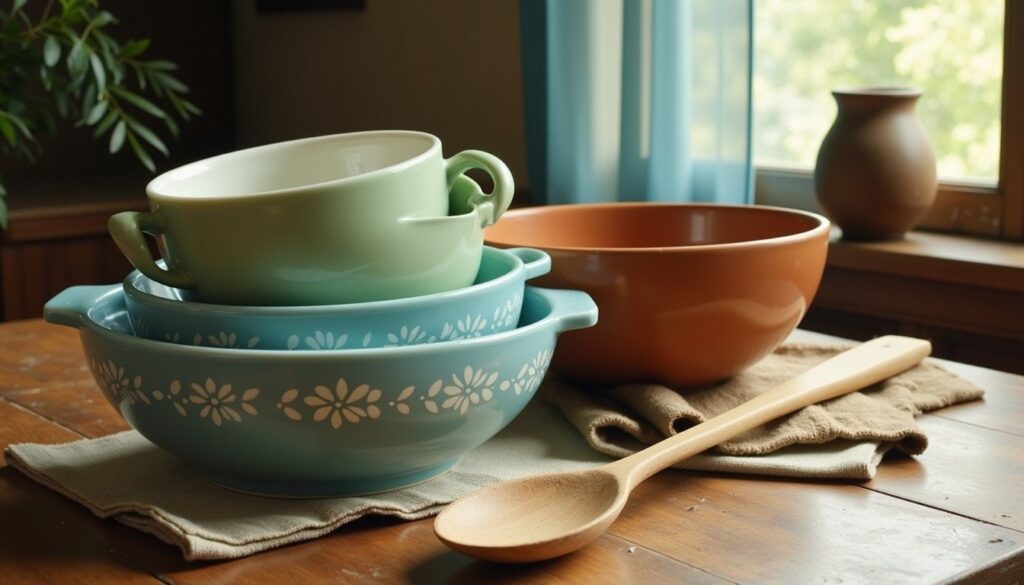
Pyrex bowls from the mid-1900s remain a staple in kitchens for a reason. Their bright colors and nesting sizes make them both useful and attractive on open shelves. Made from heat-resistant glass, they handle mixing, baking, and serving with ease. Collectors love their durability and cheerful vintage patterns that never seem to go out of style.
Today, these bowls still fit perfectly into busy family kitchens. They move easily from oven to table, then to the dishwasher, which makes cleanup simple. Many cooks prefer them over modern plastic because they resist stains and odors. Whether you’re whipping batter or serving salad, these classics keep doing their job beautifully.
Cast Iron Skillets
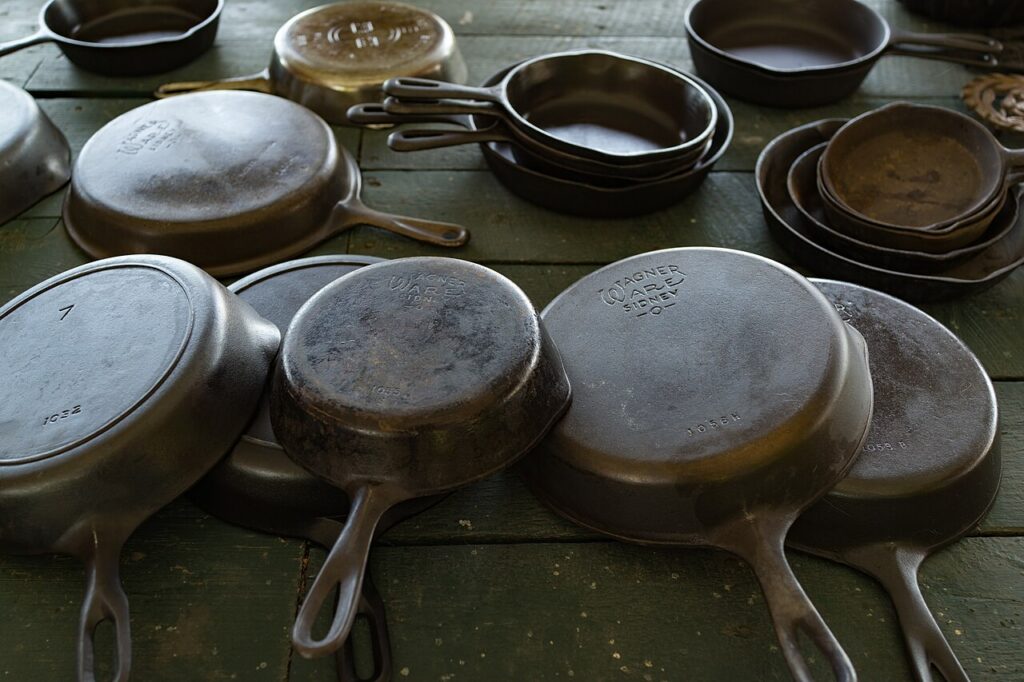
Few tools in the kitchen have the staying power of a cast iron skillet. It can sear, bake, fry, or simmer and still look good after decades of use. The more it’s used, the better it performs thanks to its natural seasoning. Many families pass them down like heirlooms because of their unbeatable longevity.
A well-seasoned skillet cooks food evenly and locks in flavor in a way nonstick pans can’t match. It’s perfect for campfire breakfasts or cornbread baked in the oven. With a little care and regular oiling, it will last for generations. In a time of quick replacements, this is one piece that truly stands the test of time.
Hand-Crank Egg Beaters
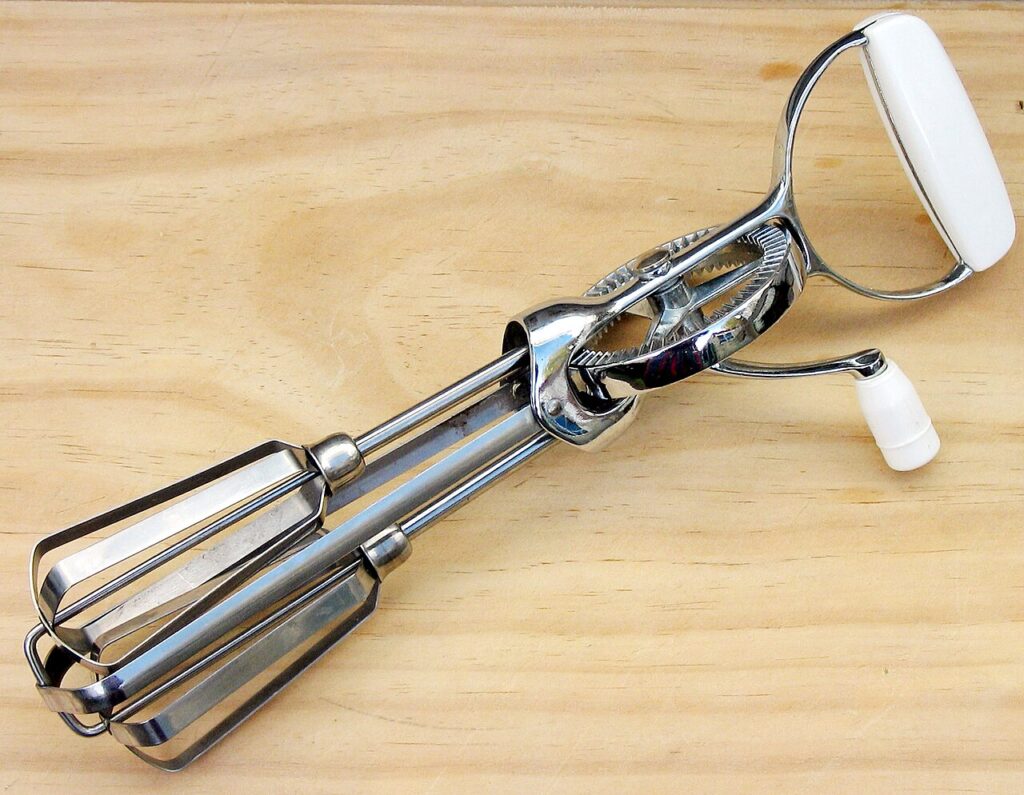
Before electric mixers, these handy beaters got the job done quickly. Their simple gears and spinning blades whipped eggs and cream to perfection without needing an outlet. Using one feels satisfying, with smooth motion and a bit of workout for the wrist. They remind cooks of a slower, more hands-on time in the kitchen.
Modern bakers still turn to these tools for small batches or when they want more control. They’re lightweight, easy to clean, and quieter than any motorized alternative. Plus, their nostalgic look brings a touch of charm to a countertop. Whether for camping trips or everyday use, they still prove their worth.
Manual Coffee Grinders
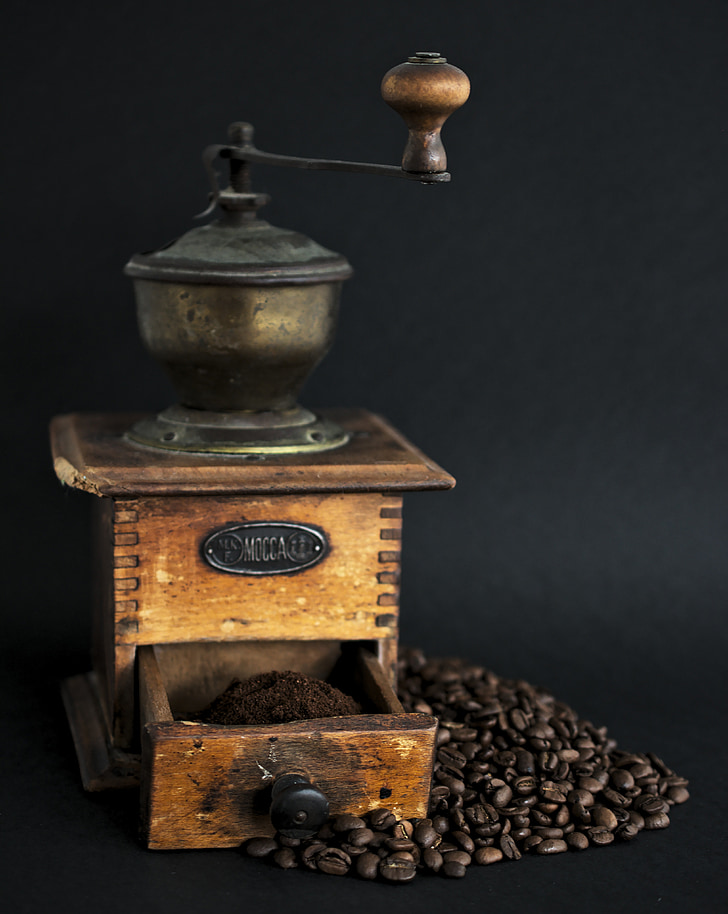
There’s something special about grinding your own beans by hand. The soft crunch of roasted coffee and the aroma that follows create a small morning ritual worth keeping. These grinders let you adjust the grind size exactly how you like it. Their vintage wood and metal designs add both function and beauty to the counter.
Many coffee lovers find that manual grinders produce a fresher, more flavorful brew. They don’t overheat the beans the way some electric models can. They also travel well and don’t need power to work. For anyone who loves the process as much as the taste, this retro gadget still delivers.
Enamelware Pots and Pans
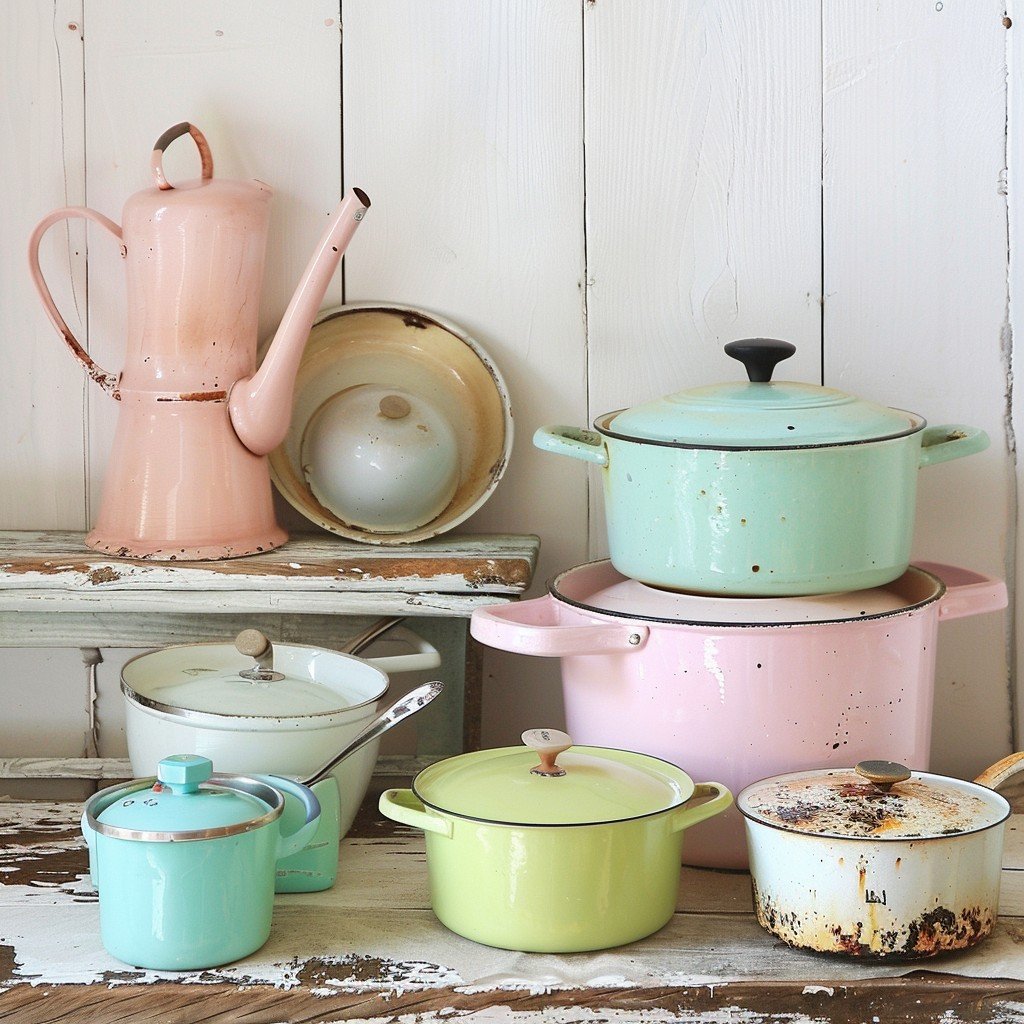
Enamel-coated cookware became popular for its colorful finishes and easy cleaning. Beneath the glossy surface is sturdy metal that heats evenly for soups, sauces, and stews. The smooth coating resists rust and adds a cheerful pop of color to any kitchen. Collectors often seek out older sets in rare hues or patterns.
These pots still perform beautifully on modern stovetops, including induction. They move easily from stovetop to oven and clean up with just a wipe. Their mix of durability and charm gives them a timeless appeal. Whether it’s a rustic cabin or a bright city kitchen, enamelware feels right at home.
Retro Toaster Ovens
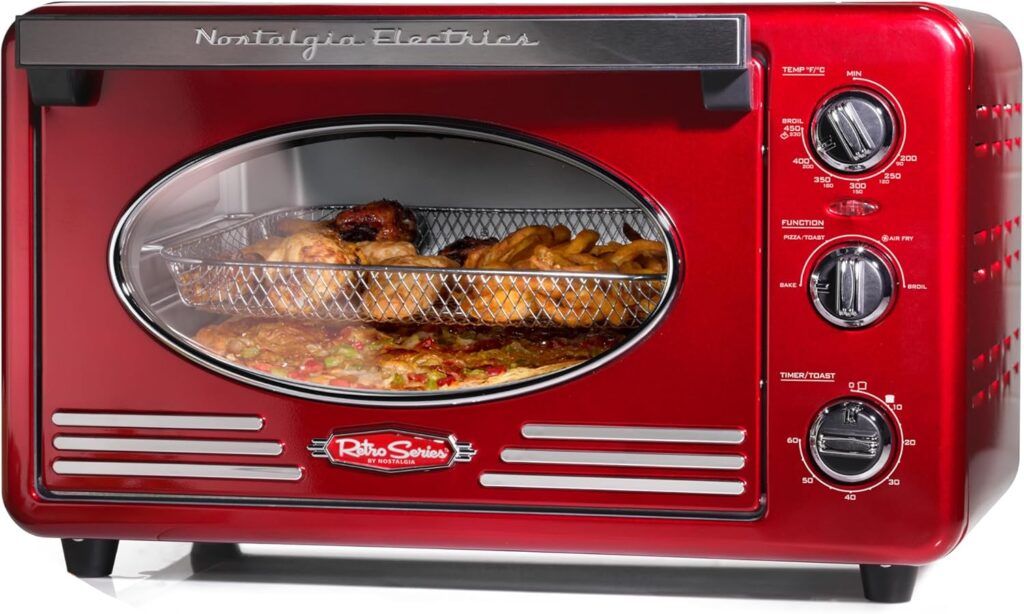
Chrome toaster ovens from the 1950s had a look all their own. Their rounded edges and polished metal bodies gave breakfast a bit of style. They toasted bread evenly and baked small meals long before air fryers became trendy. Some vintage models even had glowing knobs that made mornings brighter.
Today’s versions keep that nostalgic design while adding safety and temperature control. They’re ideal for quick reheating or small-batch baking. With their compact size, they save energy and space without losing function. They prove that a mid-century design can still serve modern needs with ease.
Vintage Bread Boxes
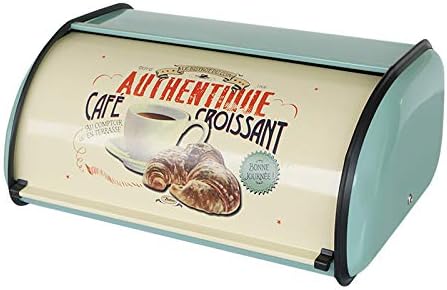
Bread boxes were once found on nearly every kitchen counter. Their metal or wood designs kept loaves fresh and away from pests. Many were painted in pastel colors or had playful mid-century lettering. They turned a simple storage item into part of the kitchen’s decor.
These boxes still work surprisingly well in today’s humid climates. The slight airflow inside prevents mold while keeping bread soft longer. They also cut down on plastic waste since you can store bakery bread directly inside. Adding one brings both charm and practicality to a modern kitchen.
Ceramic Butter Dishes
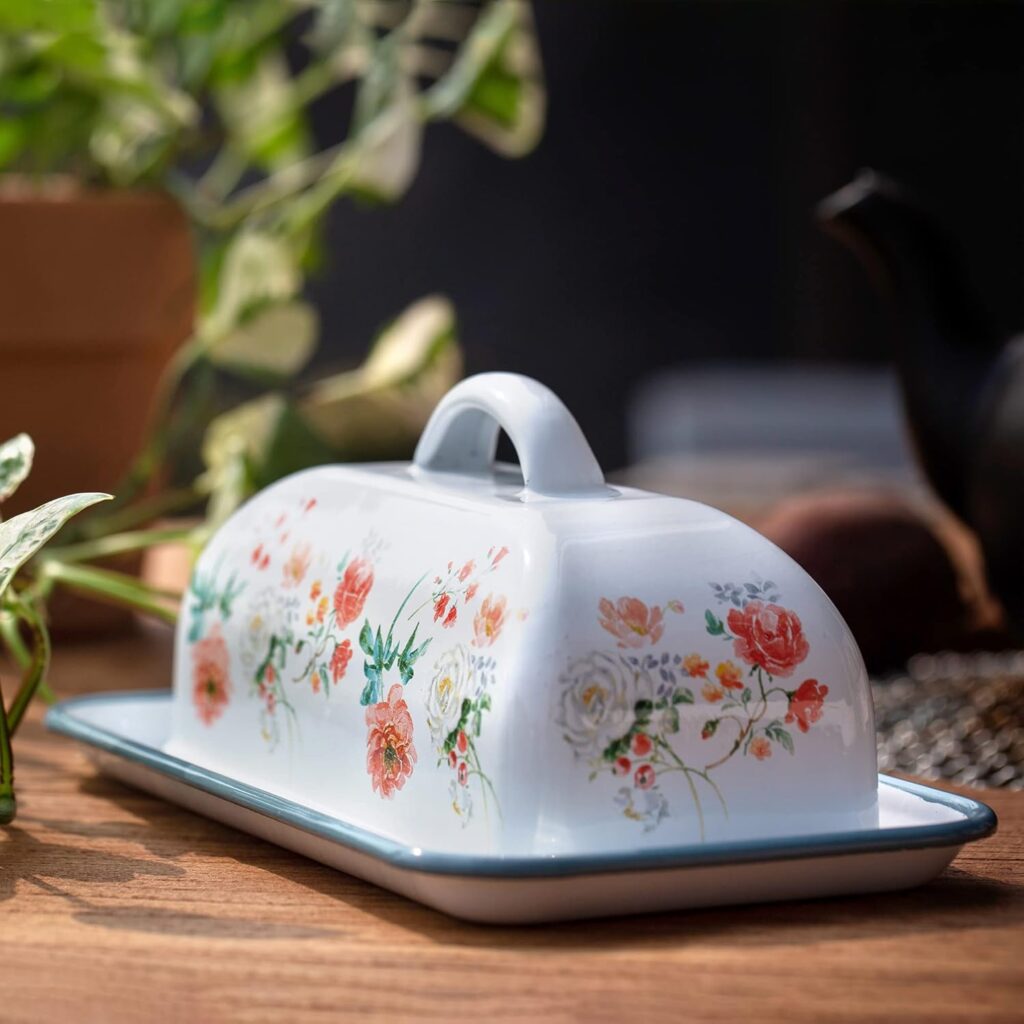
Before refrigerators became common, people kept butter cool and covered in small ceramic dishes. These pieces came in endless shapes and colors, often matching dinnerware sets. They protect butter from light and air while keeping it soft enough to spread. A covered dish on the table brings back that sense of everyday comfort.
Today, butter dishes still make sense for families who prefer real butter over spreads. They look lovely on breakfast tables or kitchen counters. Some new designs replicate vintage patterns while others stay simple and classic. It’s a small item that makes every meal feel a little warmer.
Hand-Pumped Seltzer Bottles
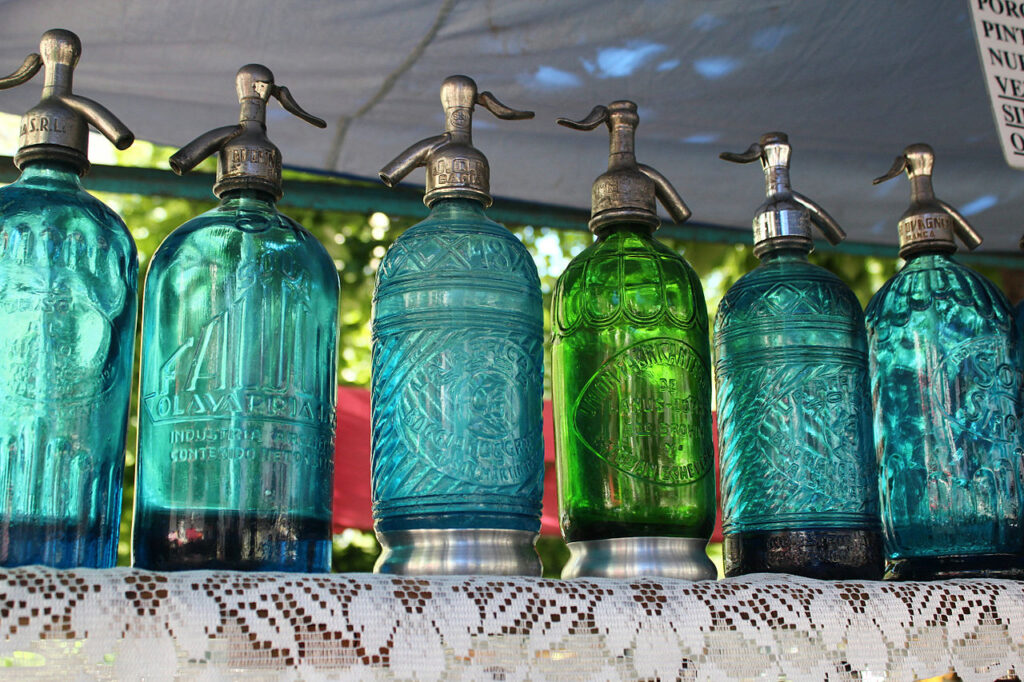
Once a common sight in soda shops, seltzer bottles made fizzy drinks before canned sodas existed. Their heavy glass bodies and metal siphon tops gave them an unmistakable look. You’d fill one with water, add a CO₂ cartridge, and have sparkling water at home. They were both practical and a little theatrical.
Collectors still love them for their Art Deco design and nostalgic appeal. Some people even restore them for use with modern CO₂ chargers. They’re perfect for making spritzers, cocktails, or sparkling lemonade. A vintage seltzer bottle turns an ordinary drink into something fun again.
Rotary Dial Timers
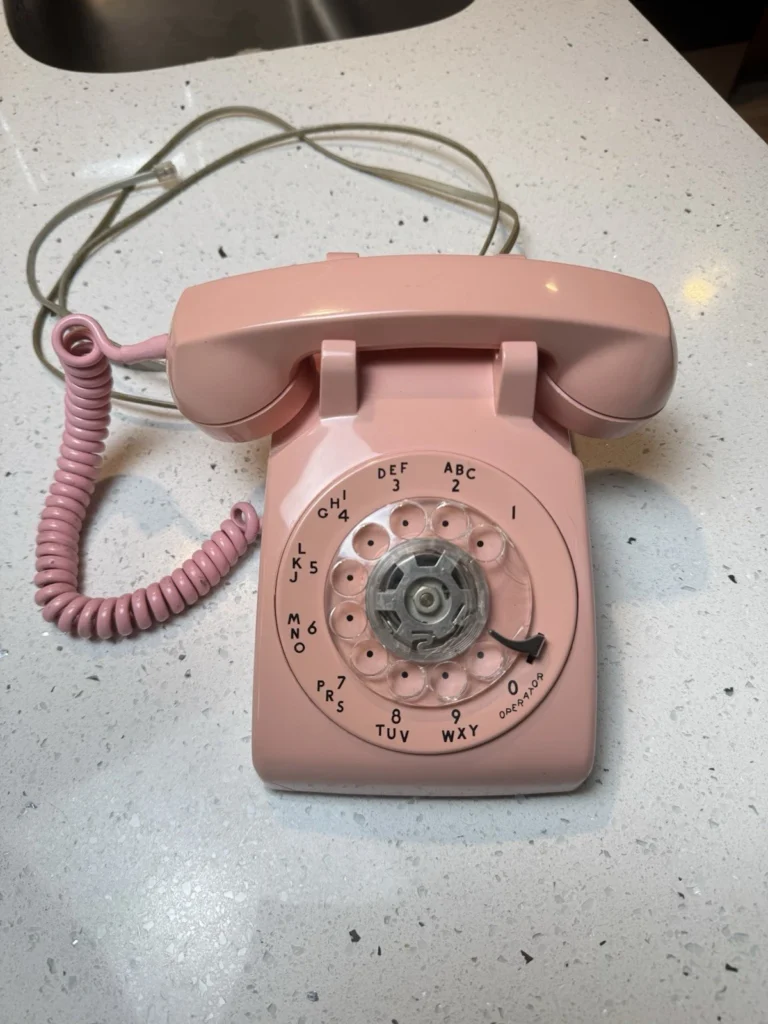
Before digital screens, kitchen timers were turned by hand with a satisfying click. Their ticking sound and bell at the end made baking feel more hands-on. These small gadgets came in chrome, pastel, or bright enamel to match kitchen colors. Their simplicity made them easy to use and nearly impossible to break.
Even now, rotary timers remain reliable and charming. They don’t need batteries or Wi-Fi to remind you when the cookies are done. Some cooks enjoy their retro look as much as their dependable function. A quick twist of the dial brings back that familiar anticipation of a timer’s final ring.
Tin Flour and Sugar Canisters
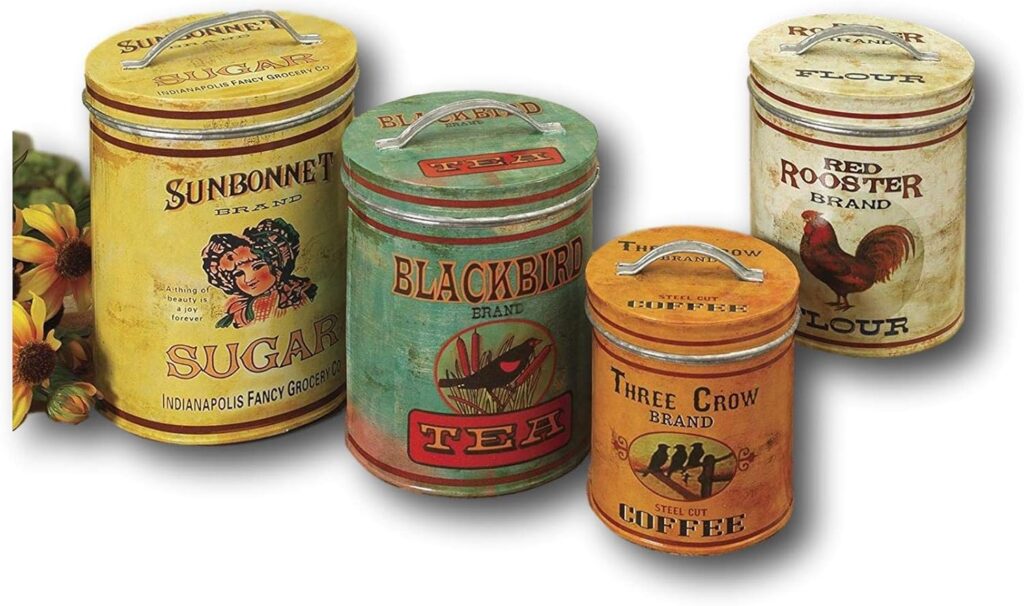
Metal canisters for baking staples were a kitchen classic for decades. Their painted labels and cheerful colors helped keep cupboards organized. Many featured art deco fonts or floral motifs that brightened up countertops. They protected ingredients from moisture while looking far nicer than paper bags.
Today, vintage sets are still practical for storing dry goods. They seal tightly enough to keep flour fresh and sugar lump-free. Modern reproductions mimic the same designs for those who love the retro style. Having them on display brings both order and nostalgia to your baking space.
Glass Juicers
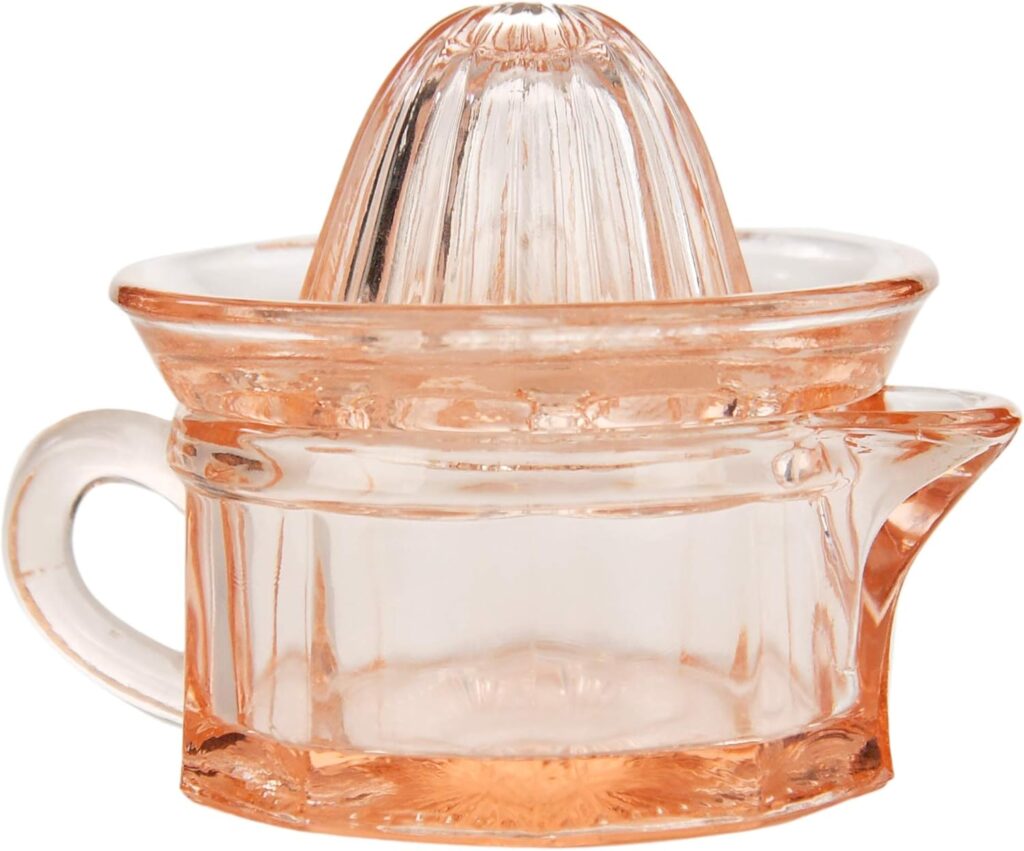
Glass juicers have been squeezing oranges and lemons since the 1930s. Their ridged cones and built-in spouts made juicing simple without electricity. A bit of elbow grease and you’d have fresh juice in seconds. Many were made from clear or jadeite glass, giving them timeless beauty.
They still perform perfectly for small batches of fresh citrus. Their sturdy glass construction makes cleanup quick and easy. Unlike plastic models, they don’t hold odors or stain over time. When displayed on open shelving, they add a bright touch of old-fashioned charm.
Vintage Percolator Coffee Pots
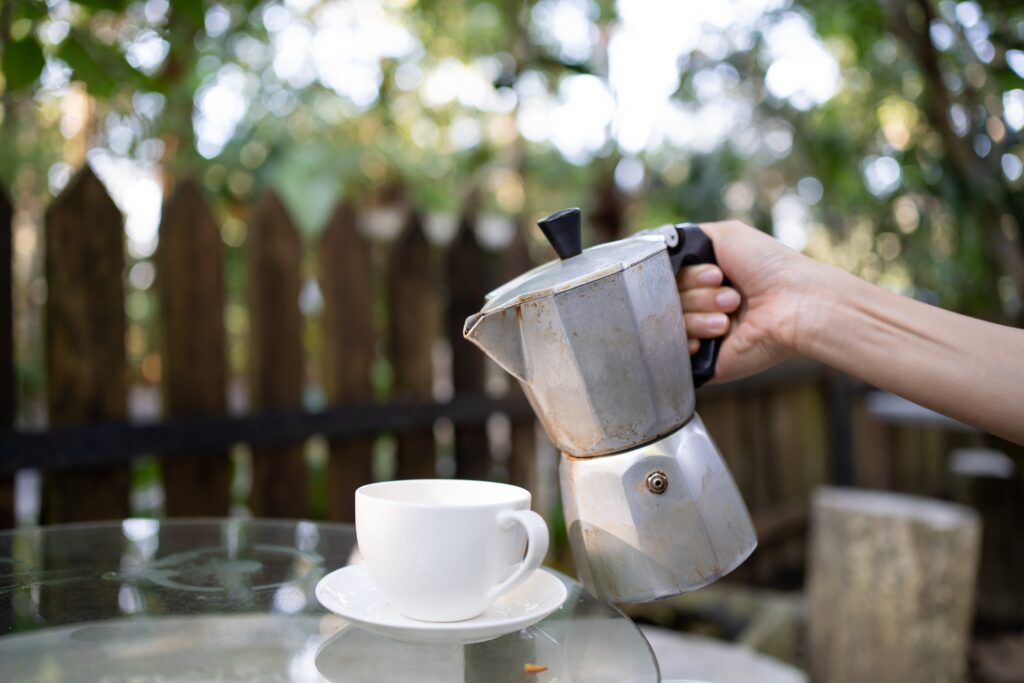
Long before drip machines, percolators brewed strong, fragrant coffee. The bubbling sound as water cycled through the grounds was part of the morning routine. Stainless steel or enamel versions often came in sleek, futuristic designs for their era. They were both practical and pleasing to look at.
Many coffee fans continue to use them for their rich, bold flavor. They work well on stovetops or campfires and require no filters. Cleaning them is simple, and their shine lasts for years with gentle care. For those who love ritual and aroma, a percolator brings back the magic of classic coffee-making.
Manual Meat Grinders
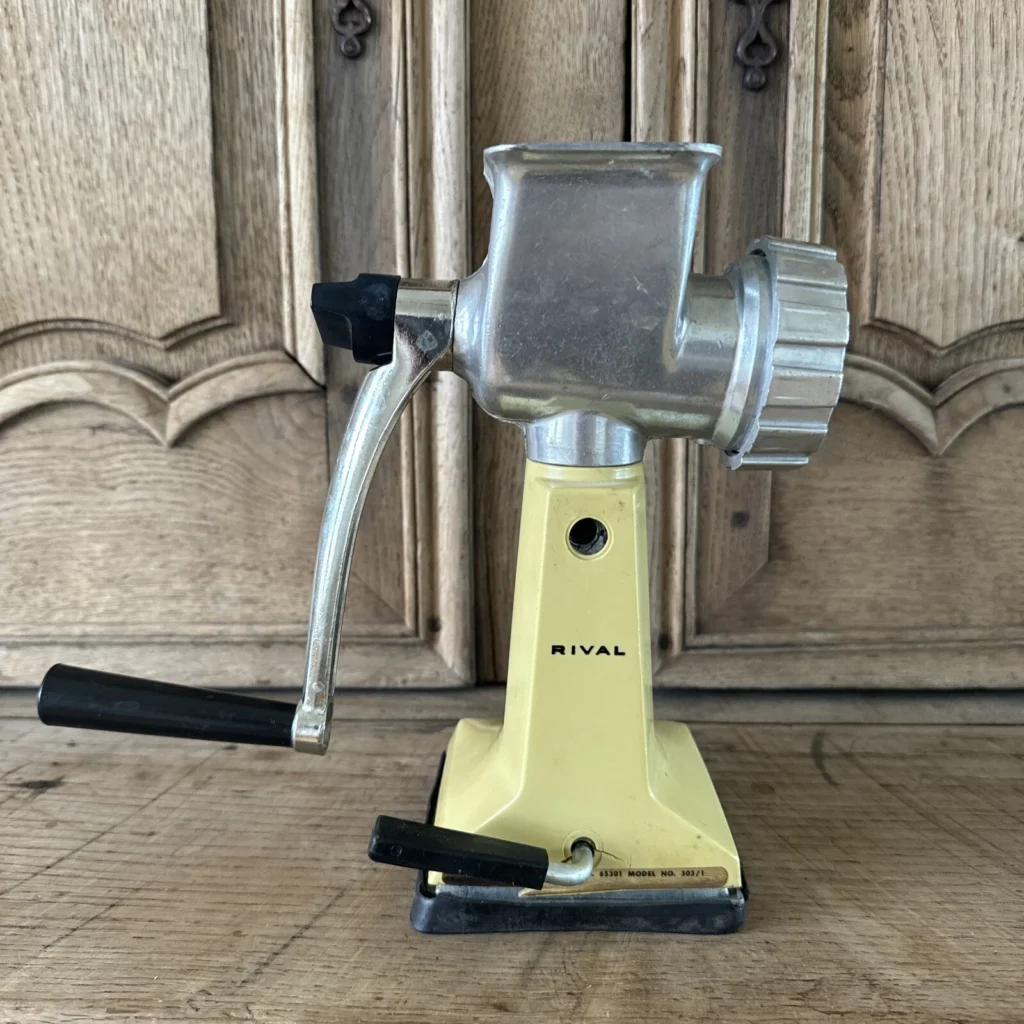
Before food processors, families used hand-cranked meat grinders to prepare meals from scratch. Their sturdy iron bodies could grind meat, vegetables, or nuts with ease. Bolted to the table, they became part of family cooking traditions. Each turn of the handle brought a sense of effort and reward.
Today, many home cooks still use them for sausages, patties, and homemade spreads. They allow full control over texture and ingredients, unlike store-ground meat. Restored models work as well as the day they were made. They remind us that slow, hands-on cooking can still be satisfying.
Wooden Rolling Pins
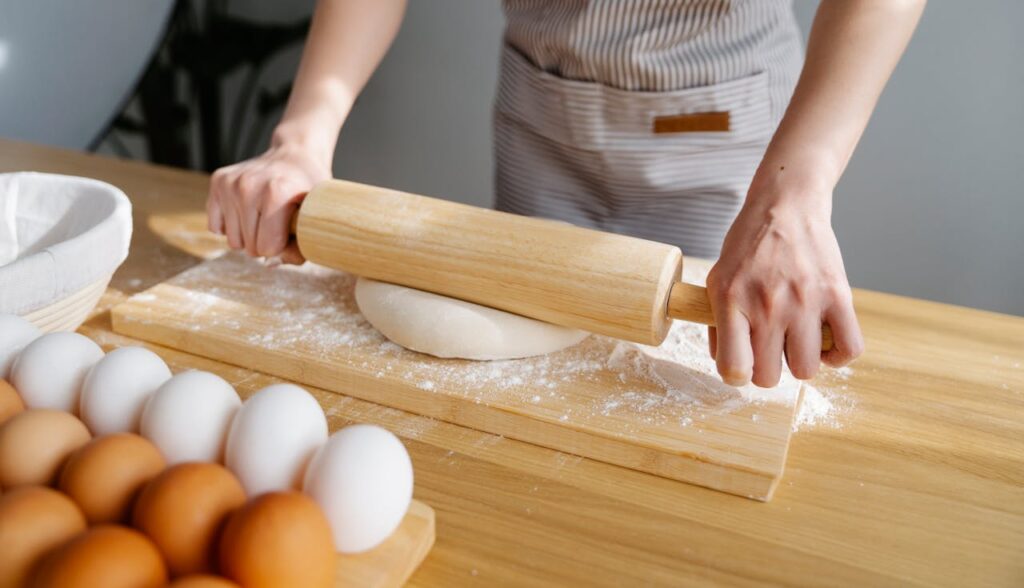
Wooden rolling pins have stayed essential through every kitchen trend. Their smooth, simple design rolls dough evenly for cookies, pies, and pastries. Some have carved handles, while others are just one solid piece of wood. Either way, they feel natural and balanced in hand.
They’re still preferred by many bakers who like the tactile feel of working with dough. With light flouring and regular oiling, they last a lifetime. They also develop a soft patina that shows years of family baking. A wooden rolling pin may be basic, but it’s one of those tools that never needs improvement.
This article originally appeared on Avocadu.
